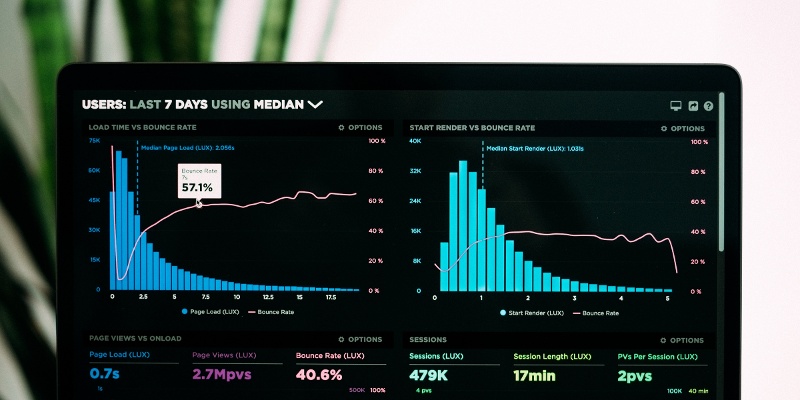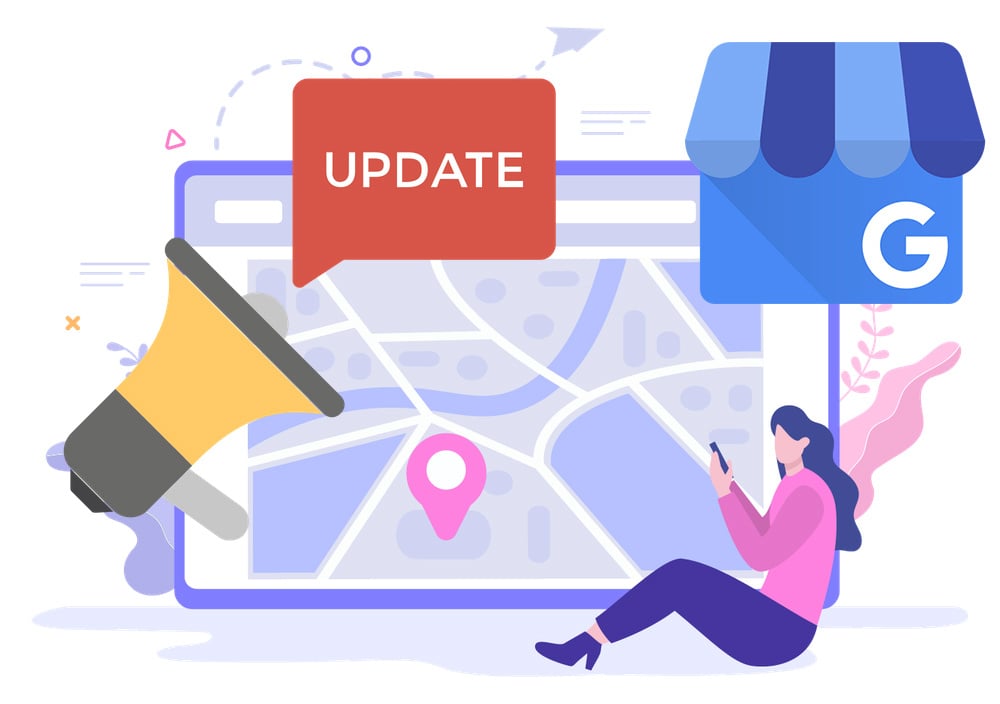How to Drive Traffic to Your Website Quickly
Knowing how to drive traffic to your website isn't something you can (or should) ignore as a local business.



Local businesses are at an advantage when it comes to ranking in the search engine results pages (SERPs) for local terms. This is especially true now that Google's algorithm is heavily "pro mobile."
This makes perfect sense, now that most of today's consumers are using mobile devices to conduct online searches. Whenever mobile users look for local products, services, or businesses, the Google Local 3-Pack appears above all other listings (including the #1 position).
So your thought may be:
Why not just focus on claiming your Google My Business listing and optimizing that?
Well, according to Moz, there's a 75% correlation between organic website rankings and local pack presence.
In other words, you need to focus on building and optimizing your website for local SEO so that you have a higher chance of getting ranked in the top 3.
So on that note, we're going to look at how to drive traffic to your website quickly.
Claim (or Add) Your Listing On GMB (and Other Directories)
A part of understanding how to drive traffic to your website relies on knowing the prominence of business directories. As we already stated, Google's Local 3-Pack sits at the very top of the SERPs.
But to claim one of these spots, you'll need to have a listing on at least one business directory. The best place to start is with Google My Business. Most people are using Google to search for local businesses, so this is a smart move.
You can use GoSite's placement tool to speed up the process of filling out your listing on GMB and over 70 other directories.

Learn How to Drive Traffic to Your Website with Social Media
Business listings are the only ones showing up in Google SERPs. You'll also find posts published on various social media channels.
YouTube, Facebook, Twitter, and Instagram have content featured on both web and image search results.
Learning how to drive traffic to your website from these sources isn't difficult.
First, you can take advantage of your social media presence by publishing photos of your business on your social media profiles. This helps add appeal to your posts and will show up in image search results.
Focus on creating valuable content for your posts so that it gets shares. The posts that receive a lot of user engagement (shares, likes, and comments) receive a higher ranking.
Then as you grow your following on these platforms, you'll be able to drive traffic to your site. Most businesses do this by publishing blog posts, infographics, free downloads, and other helpful content that directs them to their website.
Track & Analyze Your Google Analytics
There's a lot you can learn about why your website is (or isn't) getting traffic. There are key metrics you want to monitor, such as:
- Bounce rates
- Pages where traffic drop off
- High-performing pages/content
- Traffic sources
With this data, you can learn what's working and what's not. For instance, you may find specific types of content perform better than others. Then you may discover there's an error page or broken link that's causing visitors to bounce away.
Fixing the problems on your site and duplicating the success of high-performing areas is the goal. Your Google Analytics is the perfect place to learn how to drive traffic to your website.
So use it to your advantage!

Add Longtail Local Keywords to Your Blog Posts
It's difficult (if not impossible) to attract visitors to your site if there's no content. And the content you do create should resonate with your particular audience.
This means the voice, tone, and style should be consistent with what your customers expect. So if your readers are casual, then avoid using technical jargon.
Then you'll have to decide on the topics they'll most likely be interested in. You can do some market research and even share polls and surveys with your customers to learn what they like.
Once you have an idea of the direction you'll take with the content, you'll need to optimize the pieces with longtail local keywords.
Adding a local element to the keywords helps to ensure your traffic is relevant (since you serve people in certain cities and neighborhoods).
An example of a local longtail keyword would be:
"Cheap apartments for rent in Queens, NY"
Learn SEO, and you'll quickly learn how to drive traffic to your website.
Ask Your Customers for Reviews
You're a local business selling a product or service. This means your prospective customers will rely on online reviews to decide whether to buy from you.
Reading reviews is a part of the discovery stage, which means they're more likely to check out your website before making a final decision. If your website is poor quality, lacks relevant content, or worse, you don't have a site at all, then you're going to lose money.
Once your site is up to par, you'll need to use online reviews to attract your crowd. Your best option is to ask your current customers to leave you a review on business directories like Yelp, Google My Business, and Yahoo Local.
So if you don't know how to drive traffic to your website using SEO, this is an excellent place to start. It's a hack you can use to build your site's visibility faster.
Use Guest Posts to Drive Traffic to Your Website
It takes many months to get results from organic traffic. This is what deters many local businesses from using it in the first place. If you don't invest in a long-term strategy and fail to learn how to drive traffic to your website using other methods, you'll continue getting mediocre results.
While we don't recommend forgoing the use of SEO, we do suggest using other methods to get traffic to your website faster. One of these techniques is writing for guest blogs.
The idea is to find high-authority sites (with a domain authority of at least 60) in your niche. For instance, if you're a hairstylist, then you can approach sites that sell hair products or talk about hair and beauty.
Once you're given the go-ahead to write the post, you'll be able to include a bio and link back to your website. It's a clever way to get traffic from an already-established website to trickle into your domain.
Your Website Traffic is Your Potential Future Customers
The better you get at learning how to drive traffic to your website, the higher the odds of you converting them into customers. You'll be able to build enough trust to get more people to visit your physical location.
From there, the odds are in your favor.
But it all comes back to your business listing. This is where local businesses get the most attention.
Not sure how to get your citation set up? You can always use a platform like GoSite's placement to simplify the process.
We also urge you to download our free guide on how to get started with local search!

%20(1)%20(1).png?width=340&name=Group%2012%20(2)%20(1)%20(1).png)



